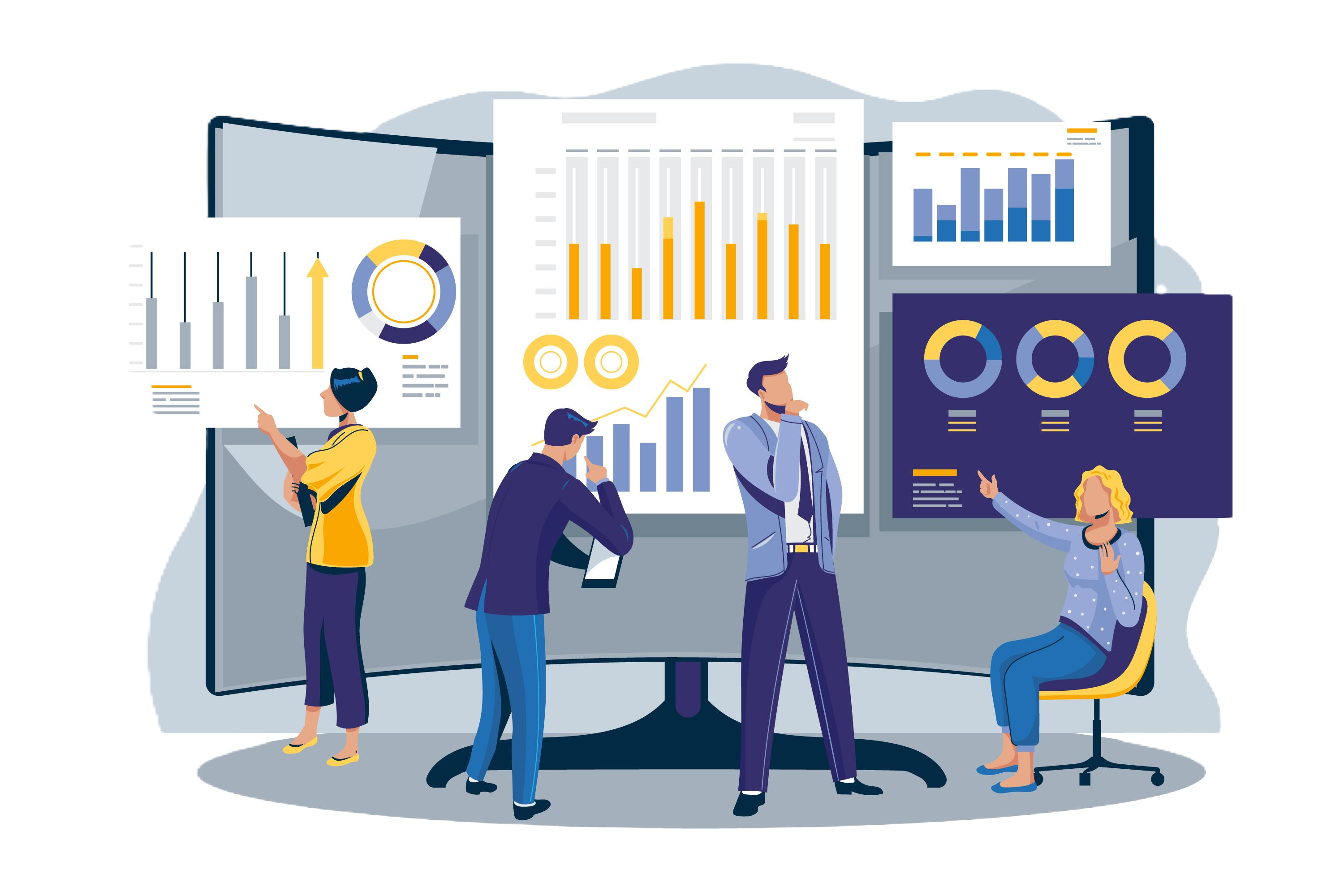CERTIFIED DATA OR BUSINESS ANALYTICS PROGRAM
- Weekdays
- Classroom Sessions
- 3 Months
- Weekdays
- Online Sessions
- 3 Months
In today’s data-driven world, organizations rely on skilled data analysts to transform raw data into actionable insights. Our Data Analytics Certification from Techtroma is designed to equip professionals with the analytical, statistical, and technical skills required to excel in this dynamic field.
Why Choose This Certification?
- Industry-Recognized Certification – Gain a competitive edge with a globally accepted credential from Techtroma.
- Hands-On Learning – Work on real-world datasets, case studies, and industry projects.
- Expert-Led Training – Learn from seasoned data analysts and industry practitioners.
- Flexible Learning Modes – Online, classroom, and hybrid options to suit your schedule.
- Placement Assistance – Get career guidance and job support after certification.
What You Will Learn?
Understanding data types, data structures & preprocessing.
Descriptive & inferential statistics, hypothesis testing
Writing queries, data extraction & transformation.
Using Power BI, Tableau, and Excel to present insights.
Introduction to predictive analytics and clustering techniques.
Hands-on coding with NumPy, Pandas, and Matplotlib.
Practical exposure to business use cases across industries.

Who Can Enroll?
- Aspiring Data Analysts & Business Analysts
- Professionals from IT, Marketing, Finance, and Operations
- Students and Freshers looking to enter the analytics domain
- Entrepreneurs & Business Owners seeking data-driven strategies
Course Curriculum
- Introduction to Data Analyst
- What is Data Analyst?
- Why Data Analyst?
- Cases for Data Analyst.
- 1.5 Data Analyst Classification.
- Introduction
- Python Data Types- int, Number, Boolean
- String, Tuple, List, Dictionary, & set.
- String Operations and Functions.
- Tuple operation and Functions.
- List operation and Functions
- Set operation & Functions.
- Dictionary operation & Functions.
- If-else, elif Statement
- Loops & Break & Continue Statement.
- Introduction to Statistics.
- Data Types.
- Central tendency.
- Dispersion.
- Basic Statistics Contents.
- Datasets.
- Graph designing.
- Filtering dataset
- Mapping a dataset
- Basics of Business Analytics.
- Excel Conditional Formatting & Key Functions.
- Data Analysis with Pivot Tables.
- Creating Dashboards.
- Advanced Business Analytics Using Excel.
- Writing conditional expressions (using IF).
- Sorting and Filtering Data.
- Data Validations.
- Creating Pivot tables.
- Date and time functions.
Essential SQL Statements.
Database Backup & Restore Techniques.
Data Selection & Filtering.
Data Selection & Ordering
Advanced SQL Topics.
Introduction to Power BI.
Creating and managing interactive reports and dashboards.
Utilizing advanced features like Quick Insights and natural language queries.
Best practices for data layout, visualization, and collaboration using Microsoft Teams.
Example of Power BI.
- Introduction Tableau.
- Introduction to tableau and its core concepts.
- Creating various types of visualizations, including charts and graphs.
- Building interactive tableau dashboards & visual stories
- Data blending & formatting techniques for effective visualization.
- Examples.
Slicers & Filters in Power BI
Interactive Visualizations in Power BI
Creating Dashboards in Power BI
- Data Cleaning Techniques
- Data Transform Techniques
- Inbuilt Column and Row Transformations
- Introduction to Power Query
- Data Types & Filters in Power Query.
- Creating a Query in Power Query
- Introduction to Power BI Service
- Introduction of Dashboards.
- Collaboration using Power BI
- Creating Dashboards using Power BI Cloud/Service.
- Publishing Your Dashboard
Data Analyst Project Life Cycle
Phase 1:Data Preparation Phase
This phase involves understanding business objectives, collecting data from various sources, and cleaning it to ensure accuracy. Exploratory Data Analysis (EDA) is conducted to identify patterns, trends, and anomalies, helping shape the analysis approach.
Phase 2:Data Analysis & Modeling Phase
Data is transformed and analyzed using statistical techniques, machine learning models, or business intelligence tools. Insights are derived through regression, clustering, or predictive modeling, ensuring alignment with business goals and validating hypotheses.
Phase 3:Interpretation & Reporting Phase
Findings are visualized using dashboards and reports to communicate insights effectively. Actionable recommendations are provided, followed by implementation and continuous monitoring to optimize strategies and ensure data-driven decision-making.
Certification
Upon successful completion of the training, participants will receive a Course Completion Certificate from Techtroma. This certification validates your skills and knowledge in Data analytics, making you industry-ready. Please note that this is not a vendor-specific certification but a recognition of your learning from Techtroma.
